Nationalisation of insurance industry in Bangladesh (1972-1973)

by Mahboob Hasan:
AFTER the independence, on March 1, 1972, the Pakistan Insurance Corporation was upgraded to Bangladesh Insurance Corporation. Subsequently, Mujibur Rahman was appointed as its first managing director. Earlier, he played pioneering role in the insurance sector through establishment of the first Bengali insurance company, the Homeland Insurance Company Limited, in the then East Pakistan that achieved a praiseworthy growth. By 1970, among the nine Bangladesh proprietary composite companies transacting life insurance business, it had attained the highest ‘Life Fund’ balance, achieved through quality growth of ‘business in force’ and prudent management over a longer period. The company constructed its own headquarter premises at Dilkusha Commercial Area in Dhaka and established eleven Branch offices including one in Karachi, West Pakistan.
The minister for commerce and foreign trade, M R Siddiqi, assigned the Bangladesh Insurance Delegation to visit India during March 11-15, 1972, to study the management of Indian insurance industry and their manner of nationalisation, and to suggest a road map for the nationalisation of insurance industry in Bangladesh. The insurance delegation to visit India, was led by Mujibur Rahman accompanied by Manzur Murshad, joint secretary, ministry of commerce, K T Ahmed, section officer, ministry of commerce, and S A Chowdhury, actuary (later to become the insurance controller).
In course of the visit, the Bangladesh Insurance Delegation met a number of insurance dignitaries of India, including T A Pai, chairman of Life Insurance Corporation, R M Mehta, managing director, LIC, R Sadagopan, secretary, General Insurance Corporation, V H Vera, actuary and former managing director, LIC, and seven other dignitaries. The delegation held long, educative and useful discussions with them covering various fields with particular reference to the nationalisation of insurance industry in Bangladesh and to the different challenges relating to it.
On March 22, 1972, Mujibur Rahman submitted the report on the mission of Bangladesh Insurance Delegation. It was a comprehensive report with an in depth analysis of the insurance situations, management, procedures for nationalisation in India; on the insurance conditions, status of management and challenges faced by the insurance industry in Bangladesh. Consequently, the report suggested recommendations, guidance and meticulous procedures for the nationalisation of the insurance industry in Bangladesh.
The summary of recommendations on methodology of nationalisation for the Bangladesh insurance industry:
1) For managing the nationalisation activities, a Corporation, viz., the ‘Bangladesh Insurance Corporation’ should be adequate and competent enough to carry on the insurance business of the country, for both life and general insurance. This was suggested in view of the lack of personnel with technical knowhow and expertise. Moreover, one Holding Corporation with several subsidiary companies under it, would be unnecessary, cumbrous, expensive and would not even be viable, and may further widen the damage already caused in the field of insurance;
2) Nationalisation not to apply to the old business of Pakistan-based and other foreign insurers who had significant amount of net liabilities in Bangladesh. Approximately 80 per cent of the insurance business within the territory of Bangladesh used to be written by Pakistan-based and other foreign companies who only had token assets in Bangladesh for administrative purposes. In March 1972, pending final assessment of the financial condition of the Pakistan-based and other foreign insurers, their liabilities after setting off assets available within the territory of Bangladesh, were roughly estimated to amount a total net deficit of Tk 40 crores (Tk 26 crores of Pakistan-based, and Tk 14 crores of other foreign companies, respectively). Accordingly, the suggested arrangement was to administer the old business of Pakistan-based and other foreign insurers as closed business, under the supervision of the Bangladesh Insurance Corporation; till such time as deemed fit, meanwhile expecting that a settlement might be reached with Pakistan in this matter.
3) To decide on a dateline for the nationalisation as early as possible not later than January 1, 1973, and to make all the logistical arrangements prior to that;
4) The management of the insurance business in Bangladesh was to be taken over by the government immediately and custodians be appointed to manage the business of the insurers on behalf of the government, only for the proprietary local insurers of Bangladesh;
5) The Pakistan-based and other foreign companies may not be legally regarded as insurers of the country accordingly, custodians should not be appointed for these insurers and their business was to be administered as suggested above;
6) To decide on necessary legislation for nationalisation to provide for compensation and suggested methods of compensation, its settlement and approximate quantum of compensation;
7) To hire services of an experienced actuary from India for the purpose of calculating compensation only for the proprietary local insurers of Bangladesh, since other insurers had liabilities in excess of their assets, and for the valuation of assets and liabilities of the Pakistan-based insurers.
Additionally, the following comments in the report were noteworthy:
a) On account of underdeveloped stage of the insurance industry in Bangladesh and particularly, on account of transfer of funds and deficiencies in their investments by Pakistan-based and other foreign insurers, Bangladesh would have to commence with heavy liabilities that may extend to well over Taka 50 crores. Moreover, on account of the extensive damage caused to the economy of the country by the Pakistan hordes during 1971, the scope of business for several years would be extremely limited;
b) The daunting task in the field of insurance would be one of repair, integration and consolidation rather than programming on ambitious lines;
c) The precarious financial health of the Bangladesh proprietary composite insurance companies. By 1970, except two companies (Homeland Insurance Company Limited and East Pakistan Cooperative Insurance Society), all others were at developing stage; those which were transacting life insurance business had minimal or negative ‘Life Fund’ balance.
The report on the mission of March 22, 1972, urged the government to take immediate actions on nationalisation since the uncertainty and delay in its implementation was causing harm to the insurance industry. Owing to the government’s indecision and resultant delay in prescribing a modus operandi for the nationalisation of the insurance business, some unscrupulous people made the most of it by resorting to malpractices. The whole of the year of 1972 served as a propitious period for unbridled pillaging of the assets of insurance companies by unscrupulous elements (Shahid Uddin Ahmed, Bureau of Business Research, University of Dacca, 1977).
On August 8, 1972, the government decided on the nationalisation of insurance industry and adopted the Bangladesh Insurance (Nationalisation) Order 1972. By virtue of this Order, save and except postal life insurance and foreign life insurance companies, all forty-nine insurance companies and organisations transacting insurance business in the country — 10 Bangladesh proprietary composite companies, and 39 Pakistan-based companies — were placed in the public sector under five Corporations.
On December 30, 1972, the Bangladesh Insurance Corporation was dissolved. Under the Nationalisation Order, the Jatiya Bima Corporation become an apex corporation to supervise and control the activities of four Subsidiary Corporations, viz., Tista, and Karnafuli Bima Corporations for underwriting general insurance; Rupsa, and Surma Bima Corporations for underwriting life insurance.
Hafizur Rahman became Chairman of the Jatiya Bima Corporation with effect from January 1, 1973, and was supported by three directors of Jatiya Bima Corporation. Four separate managing directors were appointed by the Jatiya Bima Corporation to administer the four corporations. In addition, four directors were appointed under each of the four corporations (i.e., total of 16 directors) to handle the four departments under each corporation, viz.: (i) administration, (ii) development, (iii) underwriting and claims, and (iv) finance and accounts. All these four corporations also started functioning on January 1, 1973.
It was envisaged that operation of the corporations would run on ‘commercial principles and ensure a healthy competition’ between each other to maintain public interest. However, the decision to establish the four Corporations under a holding corporation, proved to be a grave error. The restructuring led to suspicion, contradictions, confusions regarding the service rules and superiority complex among the mind of the employees coming from the various organisations. As a result, the five corporations (including the holding corporation) became ungovernable. Furthermore, the burden of administrative expenses incurred in maintaining the four corporations and an apex institution, the Jatiya Bima Corporation were unaffordable.
Consequently, on May 14, 1973, a restructuring was made under the Insurance Corporations Act 1973. Following the Act, in place of five Corporations the government formed two: the Sadharan Bima Corporation for general business, and Jiban Bima Corporation for life business. Golam Mowla and Khuda Buksh were appointed the managing director of the Shadharan Bima Corporation, and Jiban Bima Corporation, respectively.
The report on the mission of Bangladesh Insurance Delegation, demonstrated Mujibur Rahman’s remarkable breadth and depth of knowledge, elegant analytical clarity, professional integrity and dedication. In particular, it divulged his vision for the steady development of the insurance industry in Bangladesh.
Unfortunately, in view of the prevailing power politics in the insurance industry, Bangladesh Insurance (Nationalisation) Order 1972, did not take into account two of the fundamental recommendations of the mission, viz.,
1) The Bangladesh Insurance Corporation should be adequate and competent enough for the management of the nationalisation activities; and, 2) not to apply nationalisation to the old business of Pakistan-based insurers which had significant amount of net liabilities in Bangladesh.
The minister for commerce and foreign trade in the first government cabinet, after liberation, M R Siddiqi went on record as the only cabinet member to oppose the government’s nationalisation policy of August 8, 1972.
Subsequently, on August 9, 1972, Mujibur Rahman resigned from the Bangladesh Insurance Corporation.
Mahboob Hasan is a chartered accountant, also son of the late Mujibur Rahman.


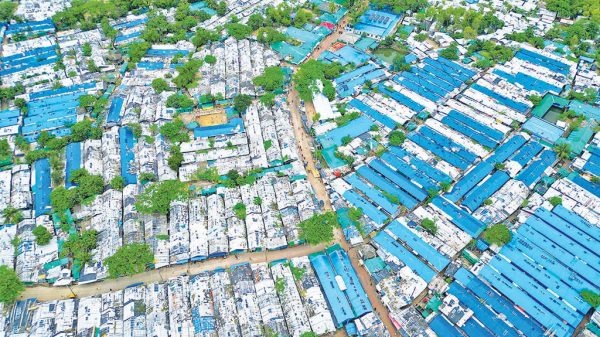
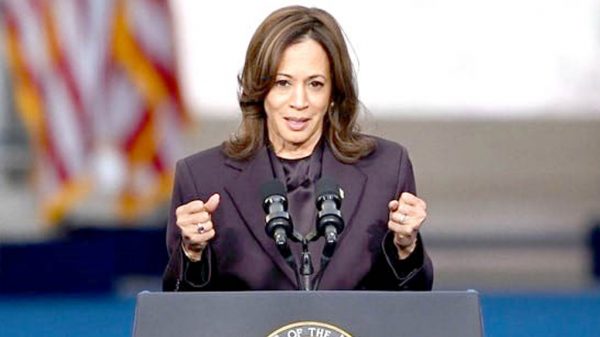


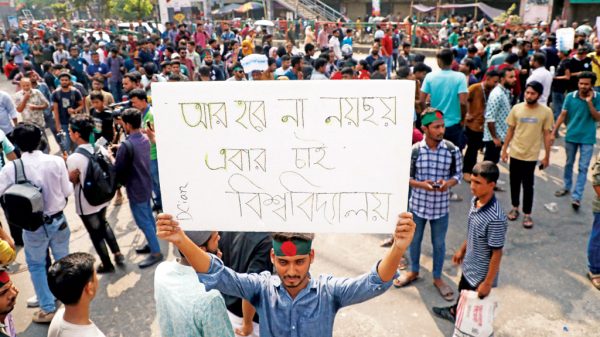


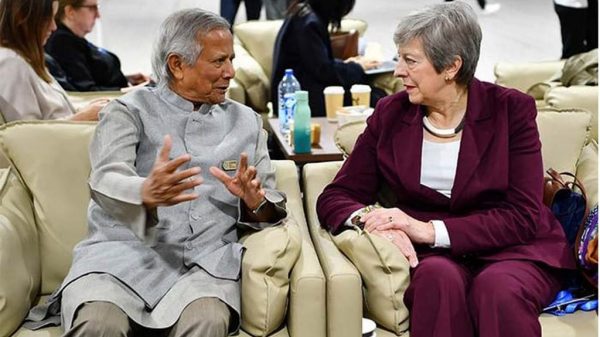


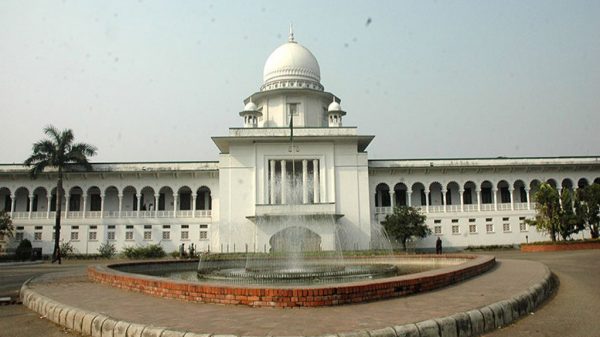



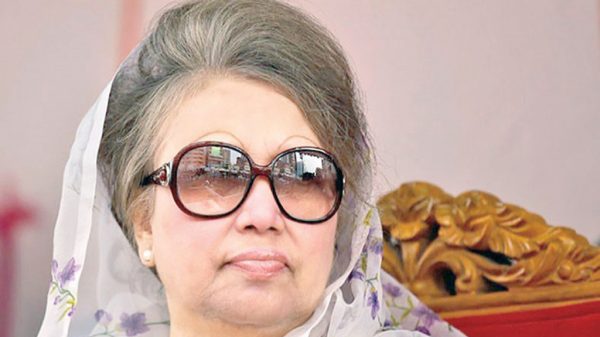
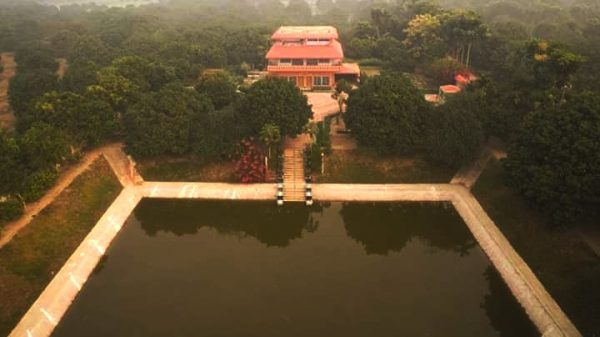

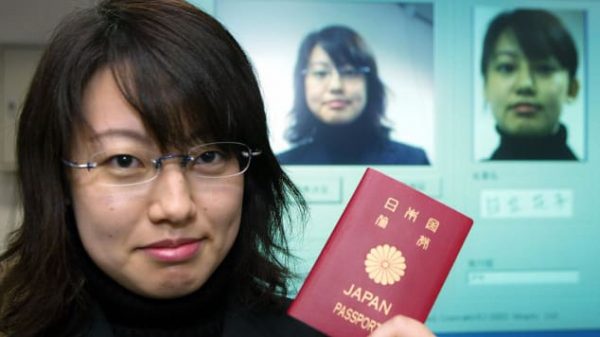


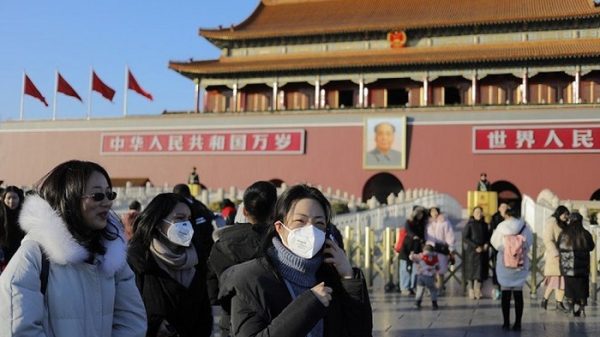





Leave a Reply